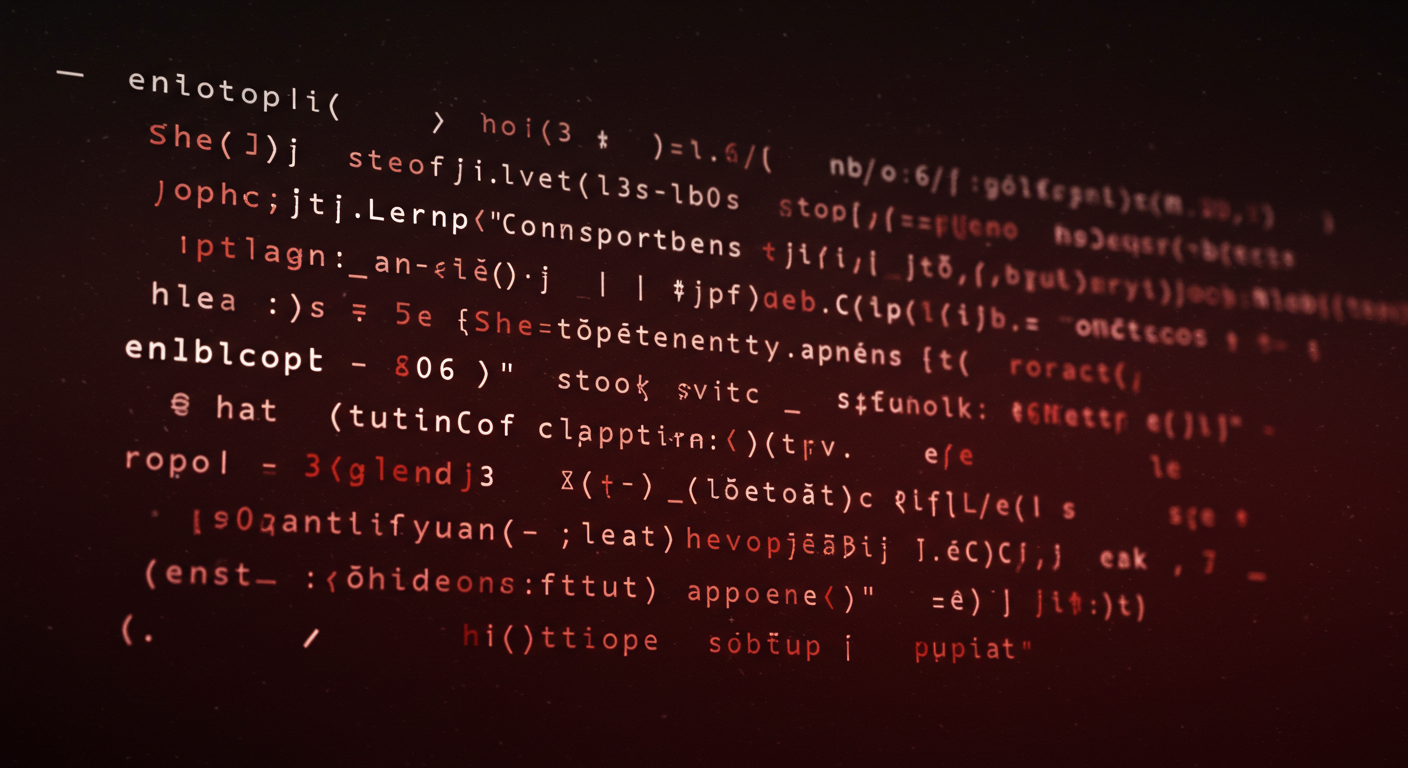If you’ve recently received a MacBook and want to ensure your privacy and security, you might be concerned about whether other computers can access your device. In this article, we’ll explain how to protect your MacBook and whether your relatives or other devices can view your content. We’ll also cover some important settings to make your MacBook safer for personal use.
1. Can Other Devices Access Your MacBook?
In general, devices cannot access your MacBook remotely unless you have set up sharing or file access settings. The only way someone else can view or control your MacBook is if they have physical access to it or if you have given permission for remote access through settings like Apple’s Screen Sharing or Remote Login.
If you’re concerned about your relatives or other devices accessing your MacBook, you should disable any file sharing or remote access options that you might have enabled during setup. Here’s how:
- Go to “System Preferences” > “Sharing”.
- Make sure that options like “File Sharing” and “Screen Sharing” are turned off.
- Disable “Remote Login” if you don’t need to access your MacBook remotely.
2. What About the Apple ID and iCloud?
Apple ID and iCloud are essential for syncing and sharing data across your Apple devices. If you haven’t yet changed the Apple ID or set up iCloud, other devices linked to the same Apple ID can access shared data like photos, documents, and apps. To ensure your privacy, you can:
- Go to “System Preferences” > “Apple ID” and sign out of iCloud if you don’t want to sync your MacBook with other devices.
- Change your Apple ID password to ensure only you have access to your personal information.
3. How to Set Strong Passwords and Increase Security
If you’ve only changed the initial passcode but are concerned about your MacBook’s security, there are a few extra steps you can take:
- Set a strong administrator password for your MacBook. Avoid using simple or easily guessable passwords.
- Enable two-factor authentication for your Apple ID to increase security when accessing iCloud or making purchases.
- Consider using a password manager to keep track of all your account passwords safely.
4. Other Privacy Measures
In addition to the steps mentioned above, there are a few other privacy measures you can take:
- Enable FileVault encryption to ensure your files are encrypted and protected in case of theft.
- Make sure that your MacBook’s screen locks automatically after a short period of inactivity, which can be done through “System Preferences” > “Security & Privacy”.
- Use Touch ID or Face ID (if available) for easy yet secure access to your MacBook.
5. Conclusion
While it’s great that your relatives are giving you a MacBook, it’s important to make sure your device is secure and private. By turning off sharing settings, managing your Apple ID, setting strong passwords, and enabling FileVault encryption, you can ensure that your MacBook is safe from unauthorized access. Always review your security settings periodically to maintain control over your data and privacy.



コメント